Introduction
Great news for butterfly enthusiasts: record numbers of the once-endangered heath fritillary butterfly have been spotted at Pound Wood Nature Reserve in Essex. This year, the Essex Wildlife Trust recorded 218 of these rare butterflies, surpassing the previous record of 148 set in 2019. Conservation efforts have been crucial in this success, particularly given the overall decline in butterfly species across the UK. Let’s explore how this remarkable recovery was achieved and what makes the heath fritillary so special.
Record Numbers at Pound Wood
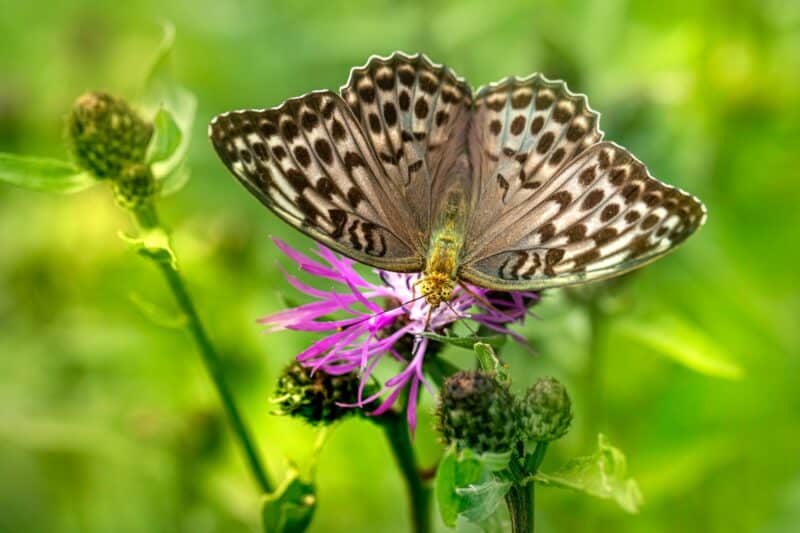
This year, 218 heath fritillary butterflies were counted at Pound Wood Nature Reserve. This breaks the previous record of 148 set in 2019.
Importance of Conservation Efforts
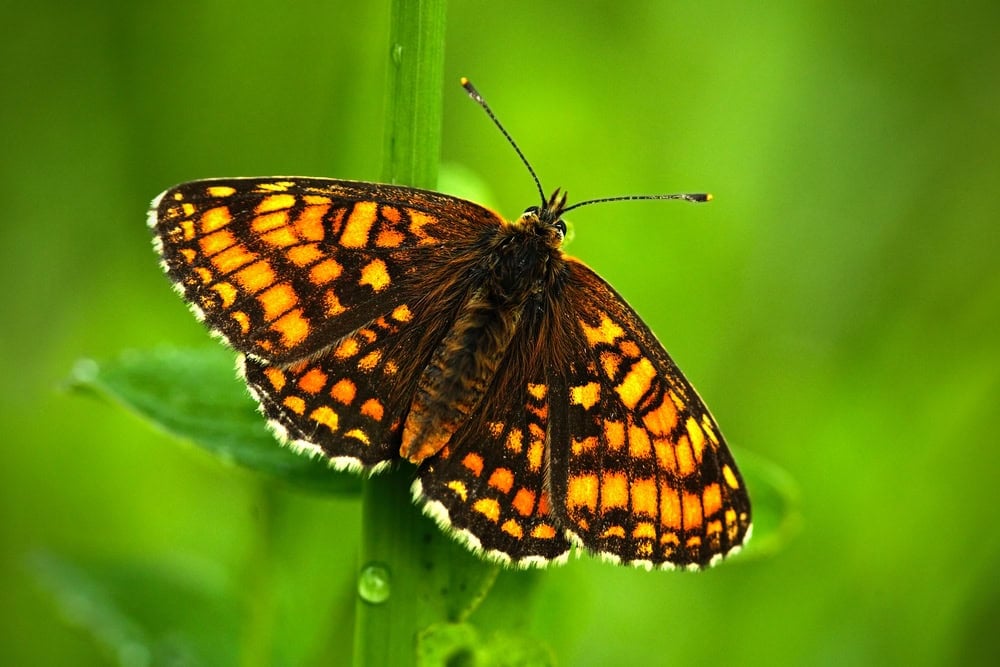
Conservation efforts have been key to the heath fritillary’s recovery. The Essex Wildlife Trust has been managing ancient woodlands specifically to support these butterflies.
Specialized Habitat Needs

Heath fritillaries thrive in sunny, warm, and sheltered environments. They are typically found in coppiced woodlands where their larval food plant, common cow-wheat, is present.
Decline of UK Butterflies
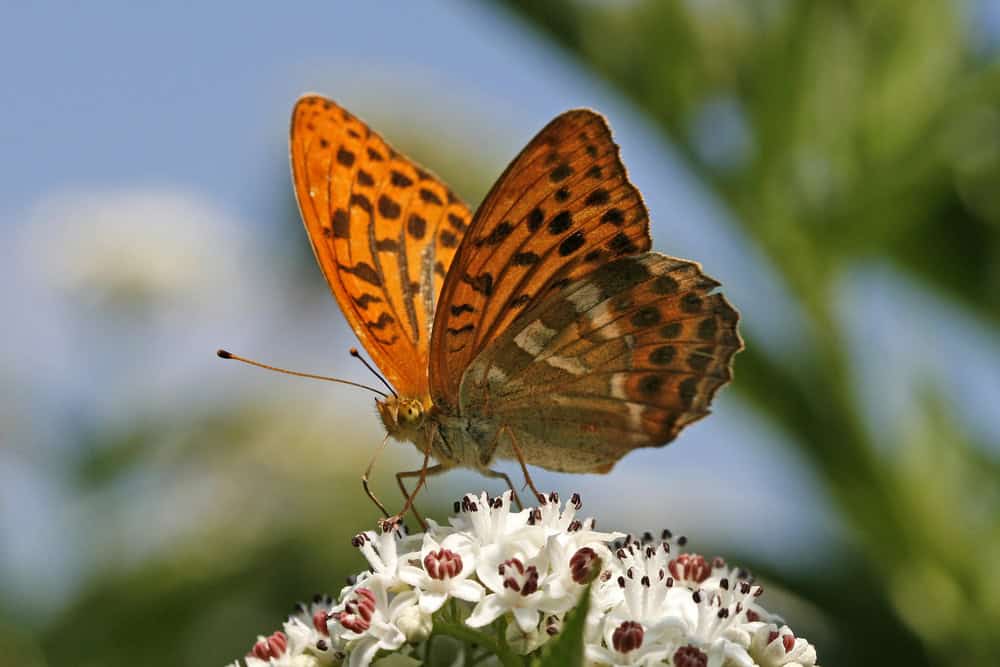
Despite the success with the heath fritillary, 80% of the UK’s butterfly species have declined in the past 50 years. This highlights the importance of ongoing conservation work.
History of the Heath Fritillary

The heath fritillary was close to extinction in the 1970s. Intensive conservation efforts have since helped to stabilize and increase their numbers.
Geographic Range
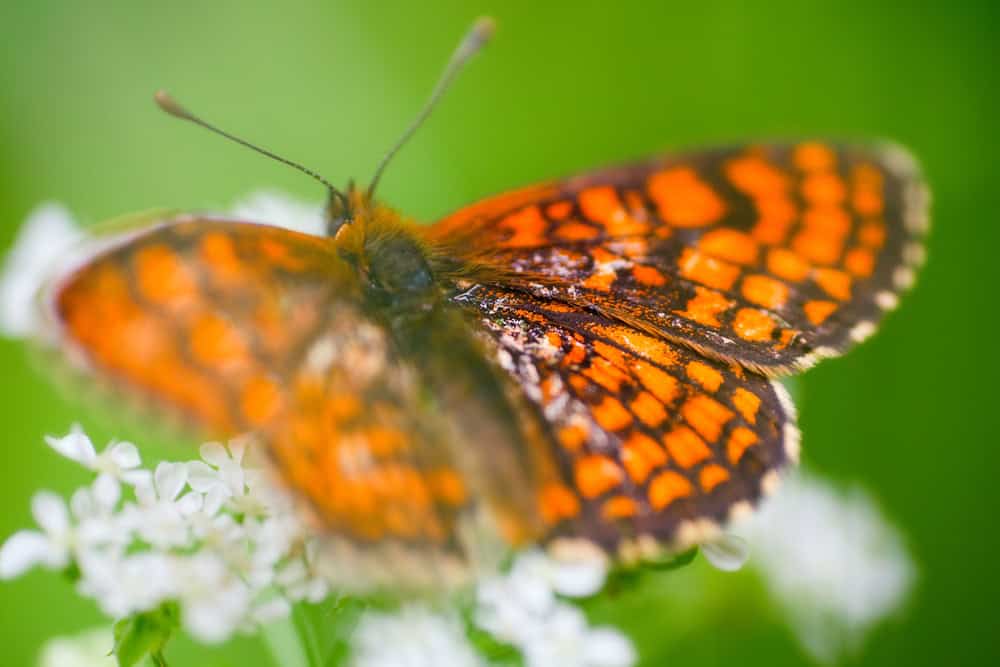
These butterflies are confined to a few sites in the south of England, including Somerset, Devon, Cornwall, Kent, and now Essex. They rarely stray from their main breeding grounds.
Distinctive Flying Pattern
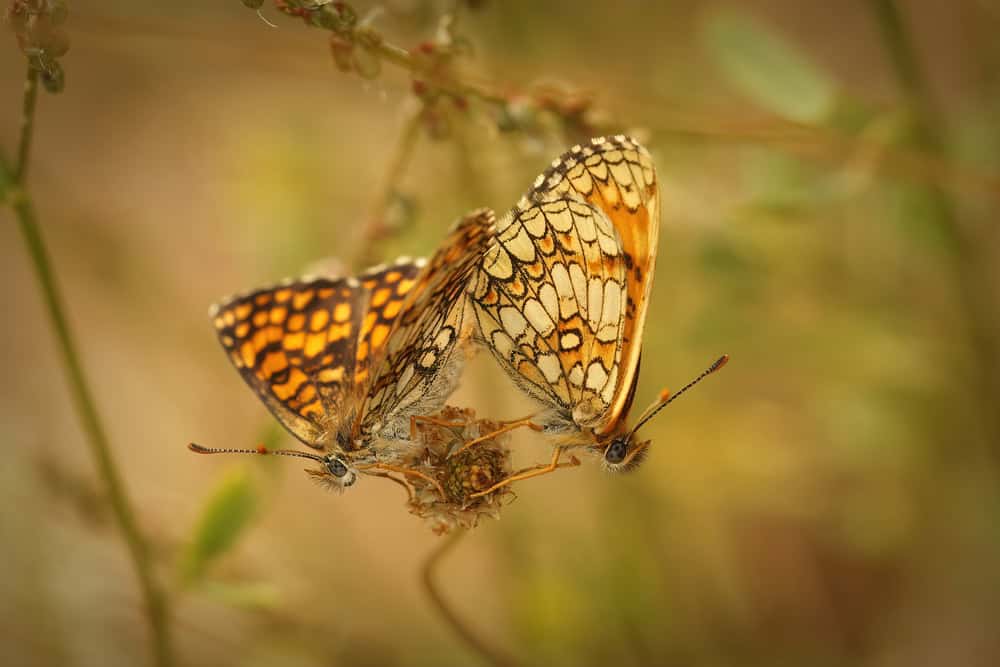
Heath fritillaries are known for their unique flutter-and-glide flying pattern. This behavior makes them easier to identify in the wild.
Variable Appearance
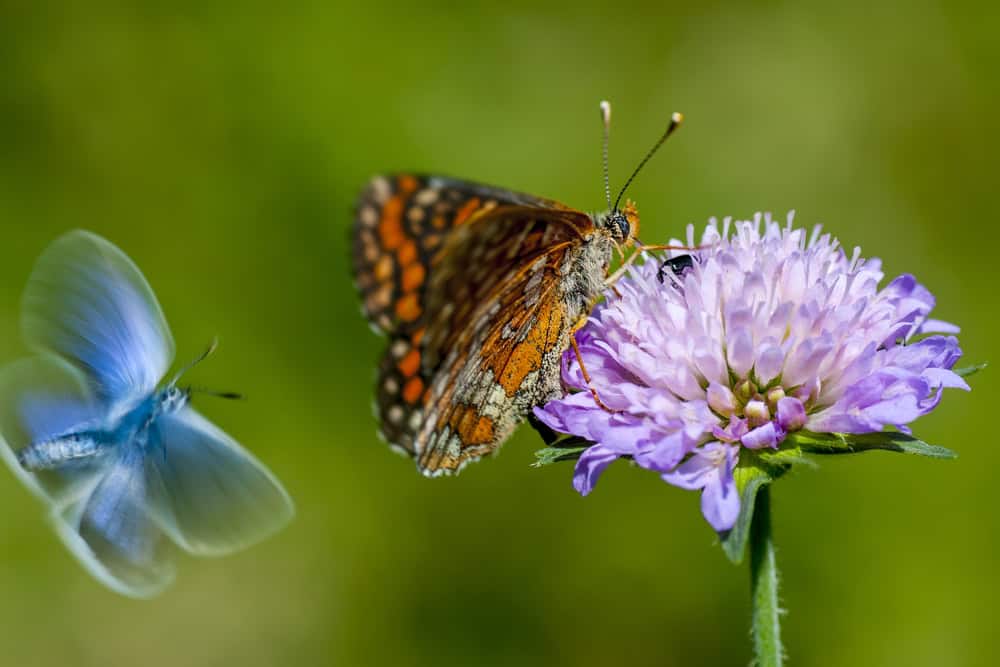
The heath fritillary displays a variable color and wing pattern. Generally, they have a dusky, orange-and-brown chequered pattern.
Legal Protection

The heath fritillary is protected under the 1981 Wildlife and Countryside Act in the UK. This legal protection has been vital for their conservation.
Butterfly Seekers Campaign

In 2023, the Essex Wildlife Trust launched “Butterfly Seekers,” a citizen science campaign. The public is encouraged to record butterfly sightings via an app to aid conservation efforts.
Public Involvement
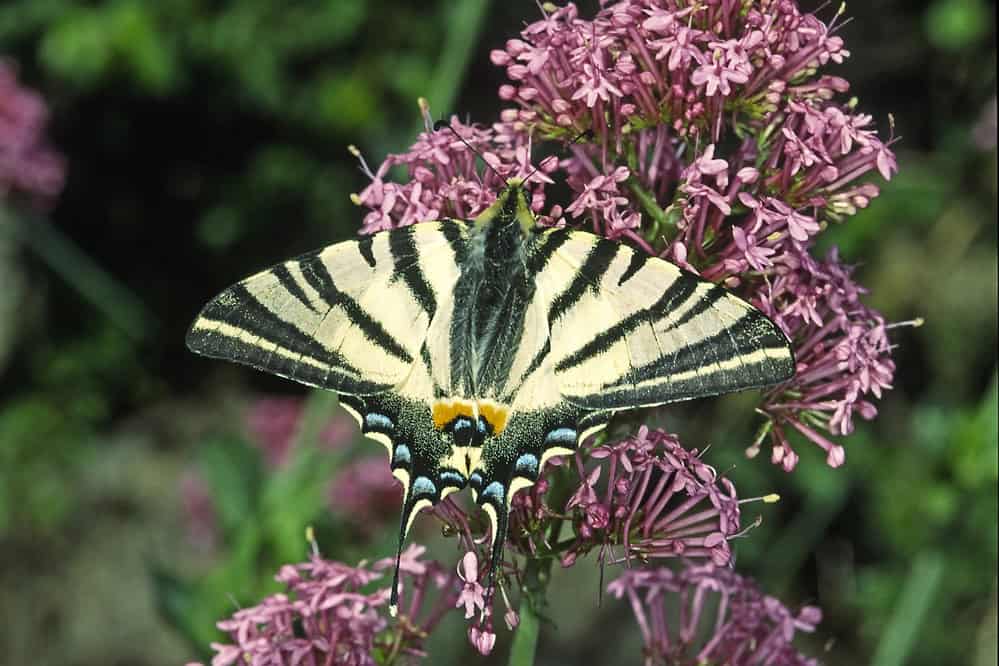
From March to September, people are asked to log any butterfly they see in Essex. This data helps inform and enhance conservation strategies.
Looking Forward
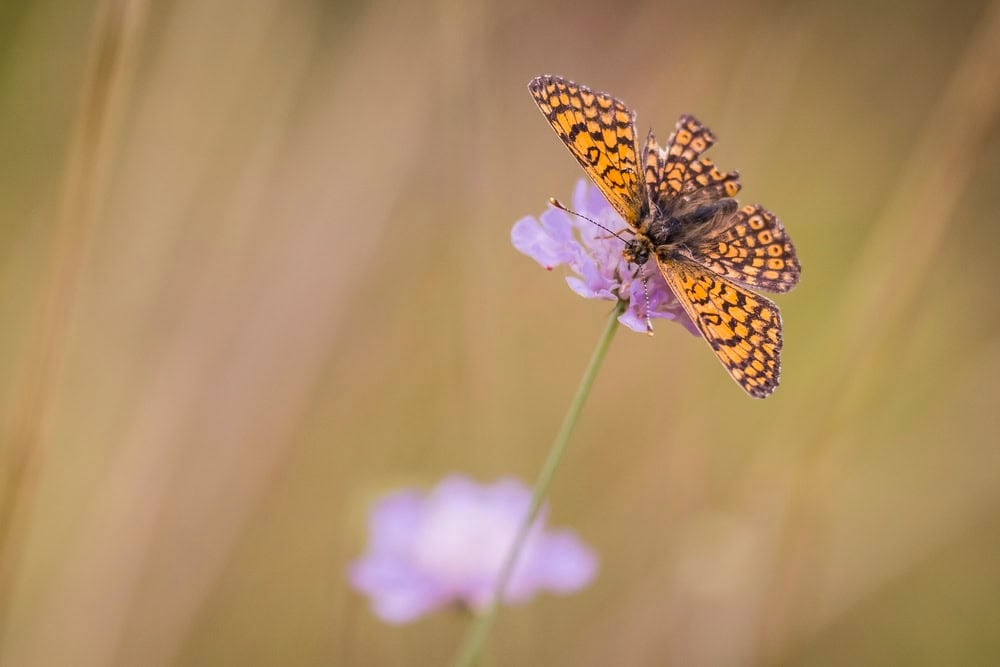
With continued conservation efforts and public involvement, there is indeed hope for the further recovery of butterfly species in the UK. The success story of the heath fritillary inspires us by showing what dedicated conservation actions can achieve.
More Articles like this
The record numbers of heath fritillary butterflies at Pound Wood Nature Reserve clearly demonstrate the positive impact of dedicated conservation work. As the UK faces broader declines in butterfly populations which such efforts become more important than ever. With the help of ongoing management and public participation we can therefore help ensure these beautiful insects continue to thrive.
Join our Forum for free today!

- Butterfly Numbers Break Records In Essex - June 27, 2024
- Animals Are Beating The Heat In Florida - June 25, 2024
- Watch Rare Sighting: Alberta’s White Moose - June 24, 2024
